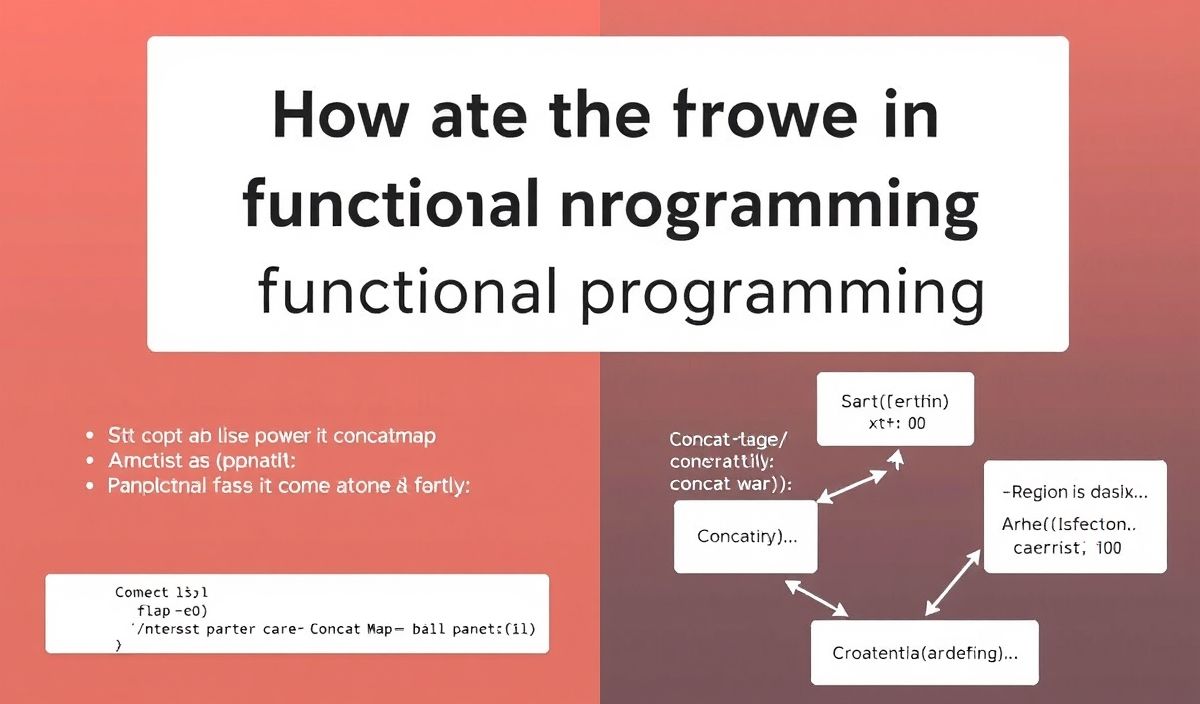Introduction to xmldom
The xmldom library is a powerful tool for handling XML parsing and manipulation in JavaScript. It offers a range of API methods that allow developers to work with XML data efficiently and effectively.
Getting Started
First, you need to install the xmldom library using npm:
npm install xmldom
APIs and Examples
XML Parsing
Parsing an XML string into a DOM object:
const { DOMParser } = require('xmldom');
const xmlString = 'User Developer Reminder Don't forget to check xmldom!
XML Serialization
Serializing a DOM object back to an XML string:
const { XMLSerializer } = require('xmldom');
const serializer = new XMLSerializer();
const xmlString = serializer.serializeToString(doc);
console.log(xmlString);
Accessing Nodes
Accessing specific nodes within the DOM:
const toNode = doc.getElementsByTagName('to')[0];
console.log(toNode.textContent); // Output: User
Modifying Nodes
Modifying the content of a node:
const bodyNode = doc.getElementsByTagName('body')[0];
bodyNode.textContent = 'Remember to always use xmldom for XML parsing in JavaScript!';
console.log(new XMLSerializer().serializeToString(doc));
Creating New Nodes
Creating and appending new nodes to the DOM:
const newElement = doc.createElement('ps');
newElement.textContent = 'This is a new element';
doc.documentElement.appendChild(newElement);
console.log(new XMLSerializer().serializeToString(doc));
Removing Nodes
Removing nodes from the DOM:
const headingNode = doc.getElementsByTagName('heading')[0];
doc.documentElement.removeChild(headingNode);
console.log(new XMLSerializer().serializeToString(doc));
Application Example
Let’s build a small application that takes an XML string, modifies it, and outputs the result:
const { DOMParser, XMLSerializer } = require('xmldom');
// Input XML string
const xmlString = '1984 George Orwell
Using xmldom, you can easily parse, manipulate, and serialize XML data in your JavaScript applications, making it an essential tool for developers working with XML.
Hash: c7a97162f14e2ce1242845379b30db825e2f37f886e0992037cd81b5c601aa23




